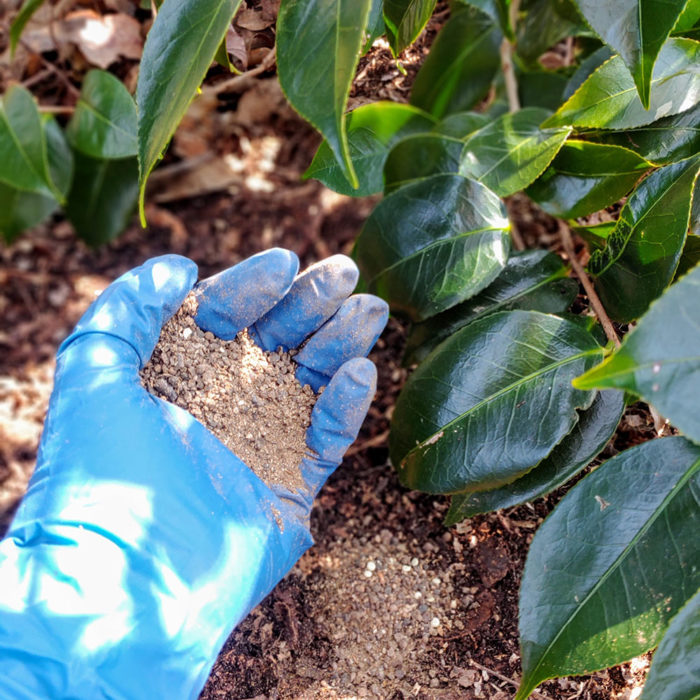
April brings a whirlwind of activity for plants, animals, and gardeners alike. It almost doesn’t matter what you do in the garden, as long as you are out there doing it. The mild temperatures and chorus of growth combine like a magnet to pull you outdoors, so don’t resist the pull! Dig in hard and enjoy the satisfaction of accomplishment.

By all means, get planting! But start first with perennials, ornamental grasses, and shrubs (if you didn’t plant those in the fall). You may feel the pressure to plant a lot at once, but take time to properly loosen or wash roots, and don’t plant when the ground is too wet, as soil compaction won’t help your lovelies get off to a good start.
It’s almost impossible to scoot past lush annuals at the nursery without them leaping into your shopping cart, but practice restraint and wait until your last frost date before planting them out. They are inevitably plump and rosy from being well-fed and watered in their greenhouses, but this makes them especially vulnerable to lower temperatures. If you buy early, place flats in morning sun in a spot you walk by every day. Keep them watered, and if you have to wait more than a couple of weeks to plant them, apply a liquid fertilizer once or twice until then. If low temperatures (50°F or lower) threaten, pull them inside.
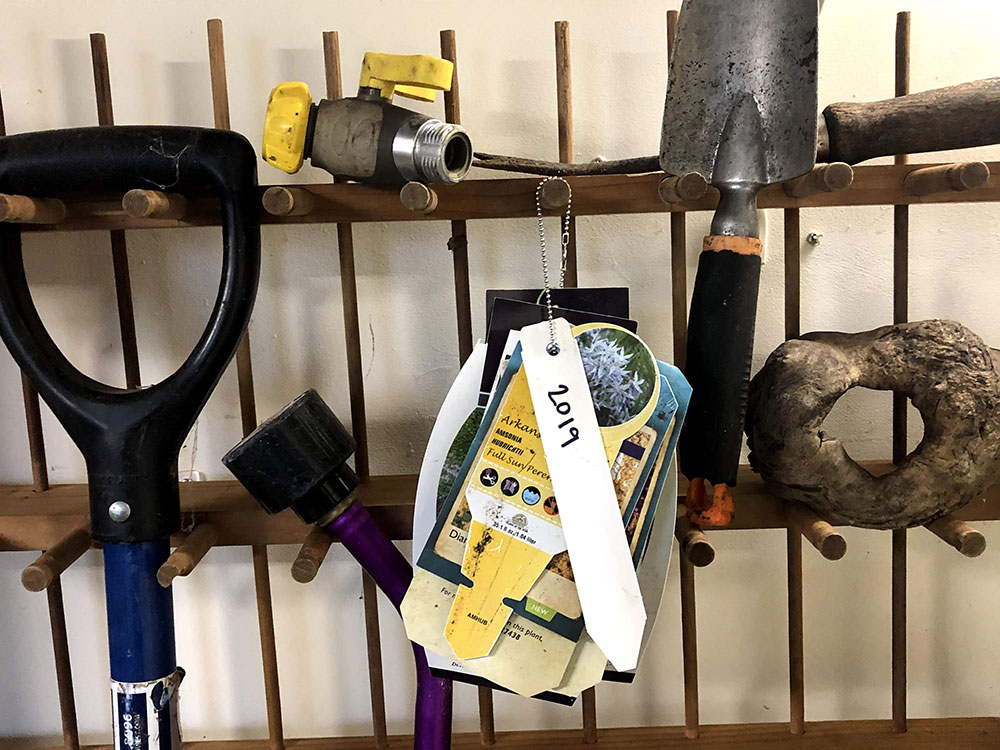
Keep your plant tags. I can’t emphasize enough how valuable it is to know exactly what you planted and when you planted it. You are going to fall in love with some of your plants, and some will disappoint (even die!). You’ll want to share them, warn about them, get more of them, or recommend them. I promise you that your gardening friends don’t want to hear you wax on about how great a plant is only to hear you tell them it is “some kind of bee balm, I think.” While it makes perfect sense to leave ID tags right next to the plant in the ground, I happen to dislike the look of tags in the garden. One solution is to collect the tags of everything you’re planting in an empty pot or pocket, then once inside wash the mud off, write the dates in permanent marker on the back, and put them in plastic sleeves in a three-ring binder. For perennials that need their location marked, I use a golf tee stuck in the ground. I’ve started shifting to digital record-keeping by snapping photos of the tags and putting them all in a dedicated folder on my phone. The date will be right there in the photo details. If you don’t mind leaving tags in place in the ground, I still recommend a notebook for writing down the names, because I’m pretty sure there are fairies whose main delight is in stealing plant tags.
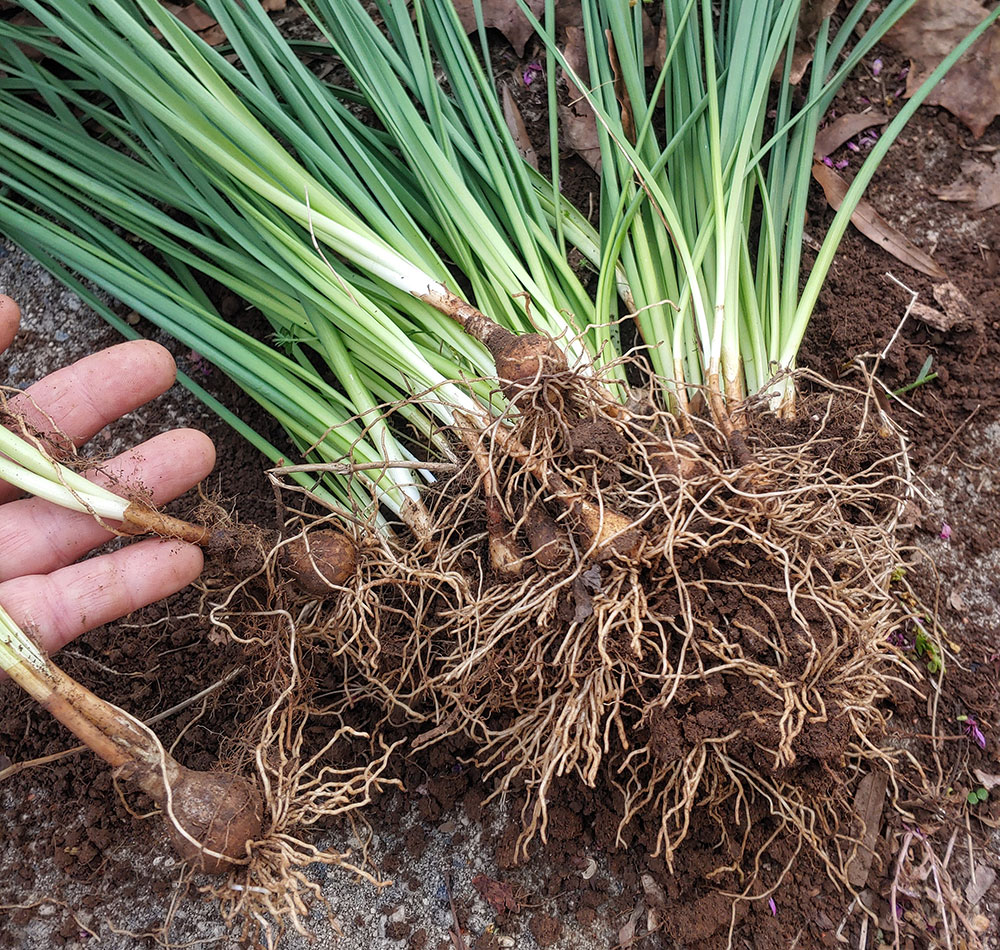
Get the most out of your daffodils. Their blooms may be a faded memory by April, but now is the time to consider dividing and marking the location of your daffodils (Narcissus spp. and cvs., Zones 3–9) to set yourself up for a bigger show next February. Daffodils are long-lived and don’t necessarily need dividing, but it’s an inexpensive way to get more flowers in more places. Dig down and lift clumps, separating bulbs. It’s fine to do this before the foliage fades, but if you do, water them in after replanting. It is not necessary to fertilize or add bone meal. In sandy soils, just top with compost. When you replant, be sure you are planting deep enough. Shallowly planted bulbs may split off smaller bulbs that don’t bloom well. In well-drained soil, replant bulbs three times as deep as the bulb diameter; in clay soil, plant them two times as deep. On existing clumps, wait until the foliage browns—or at least yellows—before removing it. Place a golf tee in the ground near each clump so that come fall you will know where to fertilize with compost and will prevent yourself from accidentally digging it up.
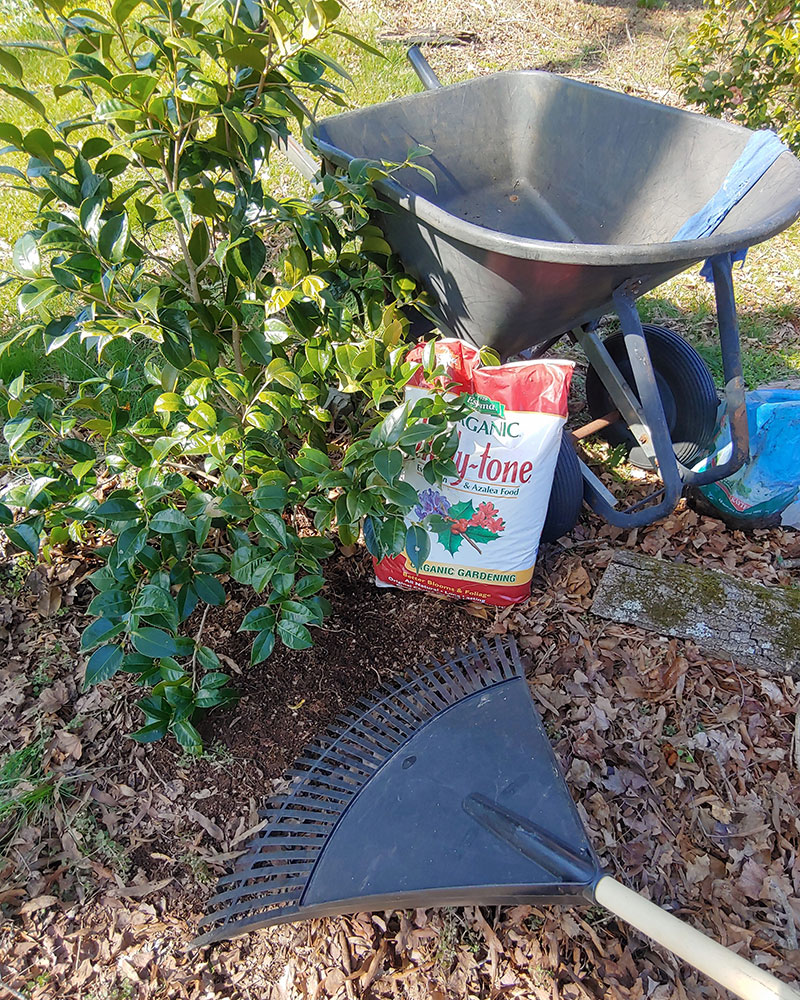
Thank your camellias for their winter bloom by pruning, fertilizing, and mulching them properly. This is prime time for pruning evergreens, and camellias (Camellia spp. and cvs., Zones 6–10) in particular, because next year’s flower buds have not begun to grow yet. Remember, though, that new growth will soon commence, so if you’re pruning for size, take them back a little farther than the size you are shooting for. I’m not an advocate of routine fertilization on most shrubs, but camellias are an exception. They benefit from a modest amount of organic fertilizer such as Holly-tone, composted animal manure, or a slow-release synthetic formula at least every other year. If you go with synthetic, choose a fairly balanced formula with numbers under 15 and minor nutrients. Rake back mulch, spread fertilizer, water, then replace mulch or add new mulch if needed. Camellia roots need good air, so a light mulch such as pine needles is preferable to something that packs down like hammered hardwood.
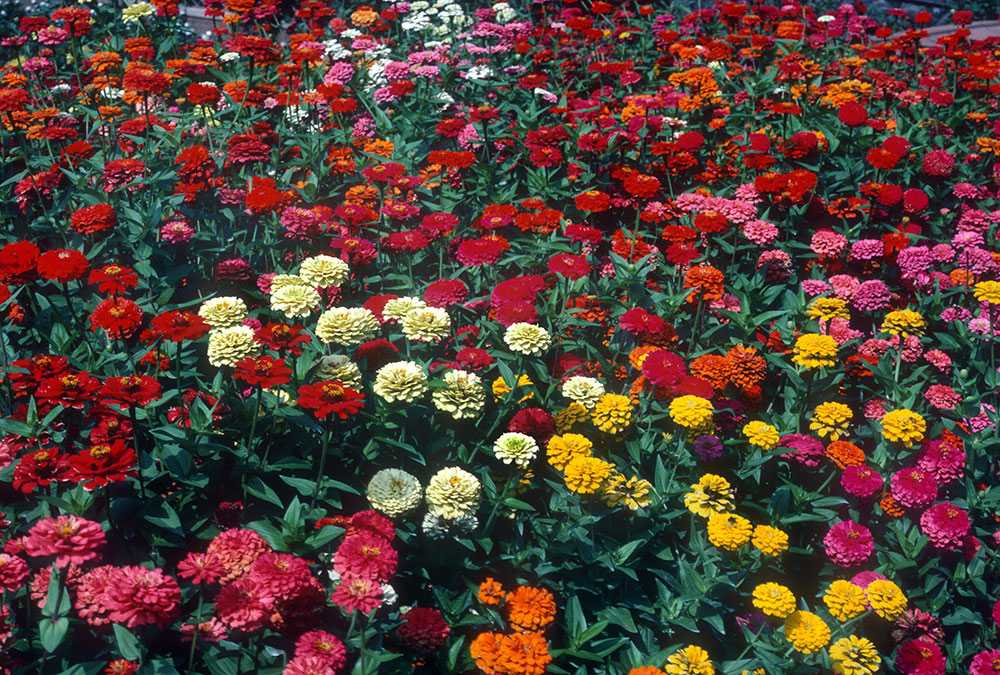
Bring back the cottage garden by direct-sowing warm-season annuals. I’m talking about great-grandmother’s garden plants such as cosmos (Cosmos bipinnatus), zinnias (Zinnia elegans), and sunflowers (Helianthus annuus). Direct-sown annual displays are becoming rarer sights, which is a shame because it’s hard to beat their cheerful charm. They are most easily grown in dedicated, little-to-no mulched plots in full sun (the end of the vegetable bed or around the mailbox is perfect). Rake and expose soil, and sprinkle smaller seeds or push in larger ones. Then top with a light layer of compost, and water in gently. Wait until seedlings are 4 to 6 inches high before attempting a light mulch. Also, don’t be fooled by Northern advice or seed mixes into sowing cool-season annuals such as poppies (Papaver rhoeas), giant larkspur (Consolida ajacis), bachelor’s buttons (Centaurea cyanus), or love-in-a-mist (Nigella damascena). We sow those in September here in the Southeast.
—Paula Gross is the former assistant director of the University of North Carolina at Charlotte Botanical Gardens.




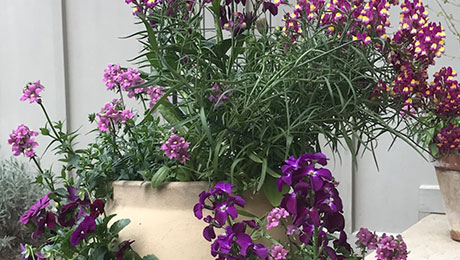













Comments
Log in or create an account to post a comment.
Sign up Log in